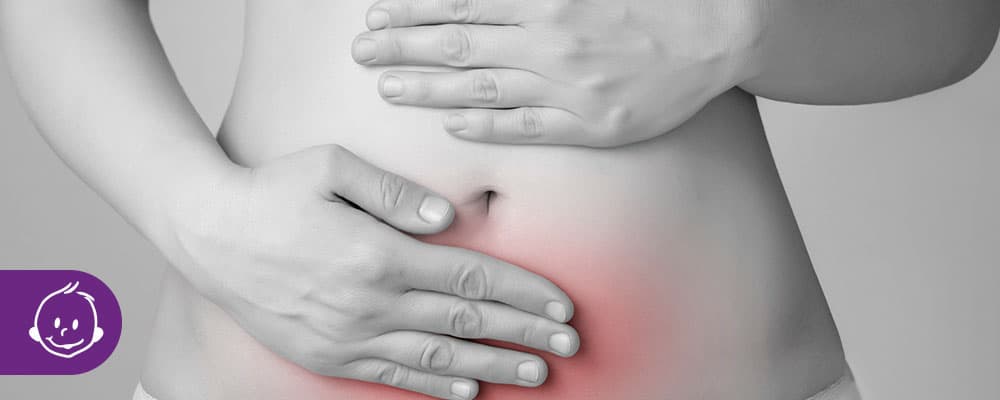To our valued patients, with regards to the situation in Alabama Read More
- Chattanooga: 423.899.0500
- Knoxville: 865.692.3433
- Chattanooga: 423.899.0500
- Knoxville: 865.692.3433
To our valued patients, with regards to the situation in Alabama Read More

Endometriosis is a condition where the tissue that makes up the inner lining of the uterus is found in other places where it does not belong. While there are rare instances of endometriosis tissue being found in distant places in the body (lungs, brain, umbilicus), most endometriosis occurs within the pelvis.
We are still not sure how endometriosis forms. We know that with each menstrual period, some of the menstrual blood and tissue flows backwards out the ends of the fallopian tubes into the pelvis. Most endometriosis is found in the same spots where this fluid accumulates each month. Whether this fluid contains viable cells that implant and start to grow in those areas, or whether there are substances in the fluid that cause the lining of the pelvis (which has the same embryonic origins as the uterine lining) to change into uterine lining tissue is unclear. It is quite likely that both mechanisms are present.
Endometriosis affects a less than 10% of the female population, yet in women having difficulties conceiving, up to 40% will have at least a mild amount of endometriosis. While it is easy to understand how endometriosis can affect fertility when there is enough of it to cause scarring in the pelvis (including blockages in the fallopian tubes or cysts of endometriosis tissue in the ovaries that may interfere with ovulation), most endometriosis does not cause that degree of damage.
Current thinking is that, for most women with endometriosis, the problems are caused by the body’s reaction to the endometriosis. The body realizes that the endometriosis tissue does not belong in the pelvis and tries to get rid of it. It does this by mounting an inflammatory response against the abnormal tissue, sending specialized white blood cells called macrophages into the area. These macrophages have the ability to migrate out of the blood stream into the tissues and “park” themselves next to the endometriosis where they start secreting substances that are toxic to the abnormal tissue.
This process creates an environment in the pelvis that is not the best place to grow early embryos. Classic experiments from the 1990’s showed that pelvic fluid from women with endometriosis tended to inhibit the growth of mouse embryos in culture, while pelvic fluid from women without endometriosis did not do so.
At present, we do not have a cure for endometriosis, but we do have treatments. There are two basic problems that endometriosis causes for women. The first is pelvic pain, particularly around the time of the menstrual period. For this problem, surgical destruction of the endometriosis tissue can provide immediate and significant relief, however, over time the endometriosis and the pain tend to recur. Hormonal treatments mimic either menopause or pregnancy and are effective, but pregnancy will not occur while taking those medications.
The second problem is that of infertility and is more of a decrease in efficiency than an absolute block to pregnancy. Nevertheless, that loss of efficiency can produce substantial problems for many women, especially if combined with some subtle issues in the male as well.
It has been standard treatment for women suspected of having endometriosis, and who desire pregnancy, to underdo a laparoscopy (outpatient surgery to look at the pelvis through a small telescope inserted into the abdomen), at which time any visible endometriosis tissue is destroyed. The idea is to “beat back” the endometriosis and create a window of opportunity for pregnancy to occur. Usually, fertility treatments, such as giving medications to allow more than one egg to ovulate and intrauterine insemination, are performed to optimize attempts during the first few months after the surgery. While this is a common approach, several studies have shown that the benefit of the surgery for fertility purposes is relatively small, thus the surgery may not be necessary if pregnancy is the main goal.
Surgery to remove cysts of endometriosis tissue in the ovaries is currently discouraged because those procedures often remove a good deal of normal ovary as well.
Given our current understanding of the inflammatory response to endometriosis, the most current approach for women with endometriosis who are having problems conceiving is to combine stimulation of the ovaries in order to ovulate more than one egg with an intrauterine insemination. The idea is that if we have more attempts at pregnancy in a given time frame, the chance for pregnancy goes up. If pregnancy will occur with this treatment, it usually does so within three to four cycles. If the woman is not pregnant at that point, in vitro fertilization (which bypasses the hostile pelvic conditions and brings the early steps of embryo development into a controlled environment) is highly effective for endometriosis patients.
Fortunately for those women who do conceive, nine months of pregnancy (with the high progesterone levels that occur then) is an effective treatment for the endometriosis and often provides women with several years of relief from its symptoms.